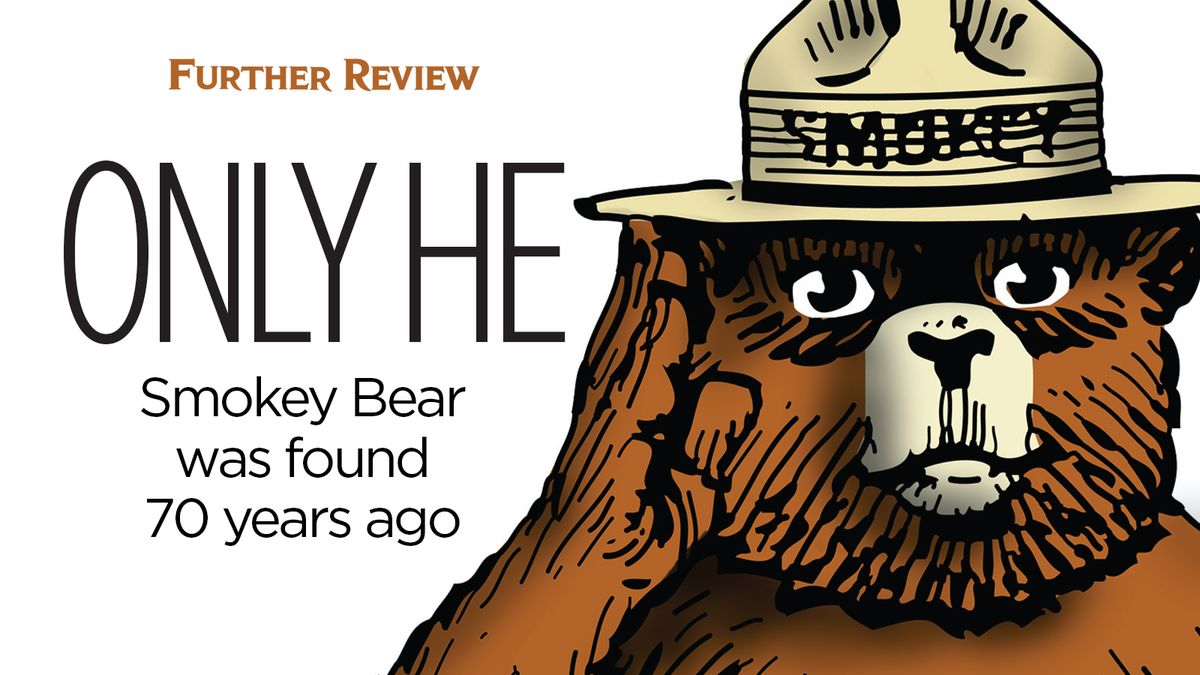
By Charles Apple
The Spokesman-Review
When the U.S. Forest Service needed a symbol to draw the nation’s attention to the danger of wildfires, Uncle Sam just wouldn’t do. Bambi, despite his success in a popular Disney movie, wouldn’t do either.
Only Smokey Bear – a little bear cub who was found after a forest fire 70 years ago Saturday – could do the job.
1937
President Franklin D. Roosevelt launches a national campaign to reduce forest fires. Posters featuring Uncle Sam as a forest ranger tell people “Our forests – Our fault.”
1942
A Japanese submarine surfaces off the coast and fires on an oil field near Santa Barbara. Damage is minimal, but officials realize Los Padres National Forest is at risk. With resources at a premium during wartime, fire safety becomes an even higher priority.
1944
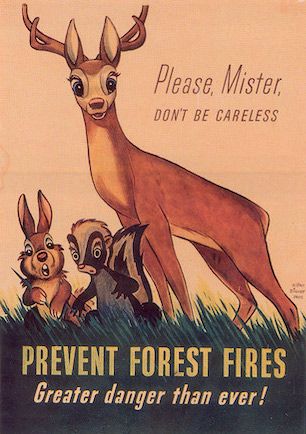
Disney makes a one-year deal to loan Bambi and his friends to the forest fire prevention campaign. The campaign is a success, but ad executives realize they need an animal symbol of their own.
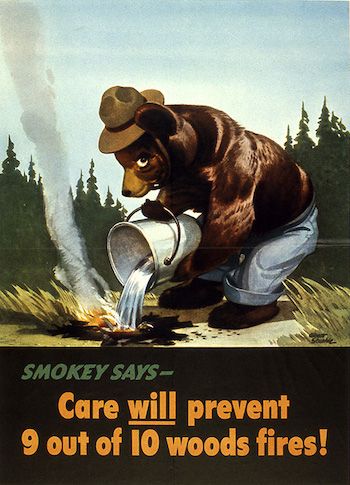
AUG. 9 A new campaign is launched, featuring a bear. The first poster, drawn pro bono by illustrator Albert Staehle, shows a character he calls Smokey pouring water on a campfire. He says he started with a raccoon but thought it looked too much “like a bandit.”
1947
The very successful Smokey Bear campaign continues in the postwar years with the new slogan, “Only you.”
1950
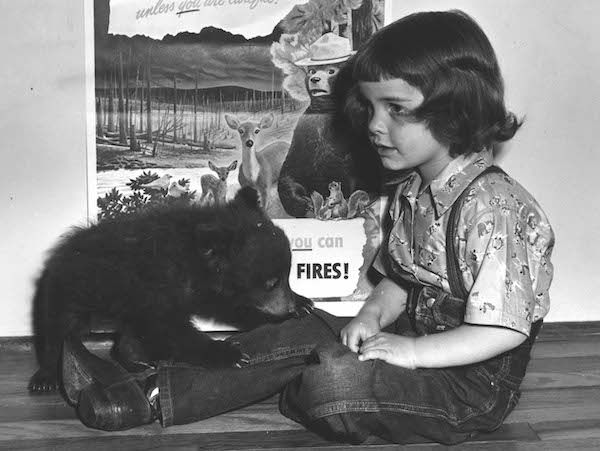
MAY 9 A group of firefighters narrowly escapes disaster near Capitan, New Mexico, by taking refuge on a rock slide as the fire burns over them.
Afterward, they find a bear cub – his fur singed and his paws badly burned – clinging to a charred tree. Named Hotfoot Teddy, the cub is nursed back to health by a New Mexico game warden and his family.
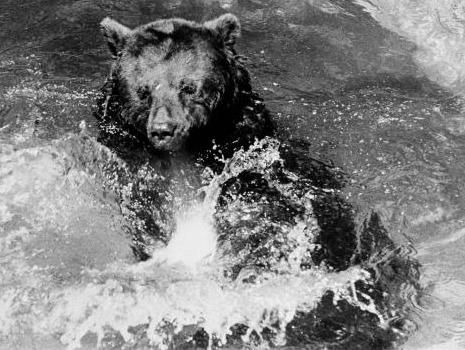
JUNE 27 Now famous, the cub is flown to the National Zoo in Washington, D.C., to become the living embodiment of Smokey Bear. The U.S. Postal Service eventually gives Smokey his own ZIP code when he begins receiving up to 13,000 letters a week.
1952
A song, “Smokey the Bear” – written by Steve Nelson and Jack Rollins, the same guys who wrote “Peter Cottontail” and “Frosty the Snowman” – becomes a big hit. Rollins adds “the” to Smokey’s name to make the lyrics fit better. As a result, a generation or two of children grow up calling the character “Smokey the Bear” instead of just “Smokey Bear.”
MAY 23 Congress passes the Smokey Bear Act, taking Smokey out of the public domain and preserving the trademark for the U.S. Department of Agriculture. More important, the move earmarks revenue from sales of Smokey toys and memorabilia for fire prevention awareness efforts.
1971
A new cub, Little Smokey, joins Smokey in the National Zoo. He, too, was born in a New Mexico forest and rescued from starvation by park rangers.
1975
MAY 2 Smokey, old and arthritic and still suffering from his injuries, is officially retired from public service. Little Smokey is officially named his successor as “Smokey II.”
1976
NOV. 9 Smokey dies at age 26. His remains are flown back to near where he was found in New Mexico. More than 250 people attend his memorial service. Two days after the funeral, an obituary runs on Page 1 of the Wall Street Journal.
1979
Smokey Bear Historical Park is completed near Capitan, New Mexico, at the grave of the original Smokey. The park includes a museum.
1990
AUG.11 Smokey II dies.
2020
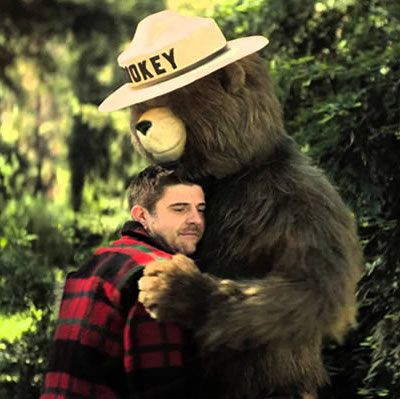
While both Smokey and Smokey II have died, the character lives on. Recent ads feature Smokey seeking out people who exhibit safe behavior and rewarding them with – what else? – a bear hug.